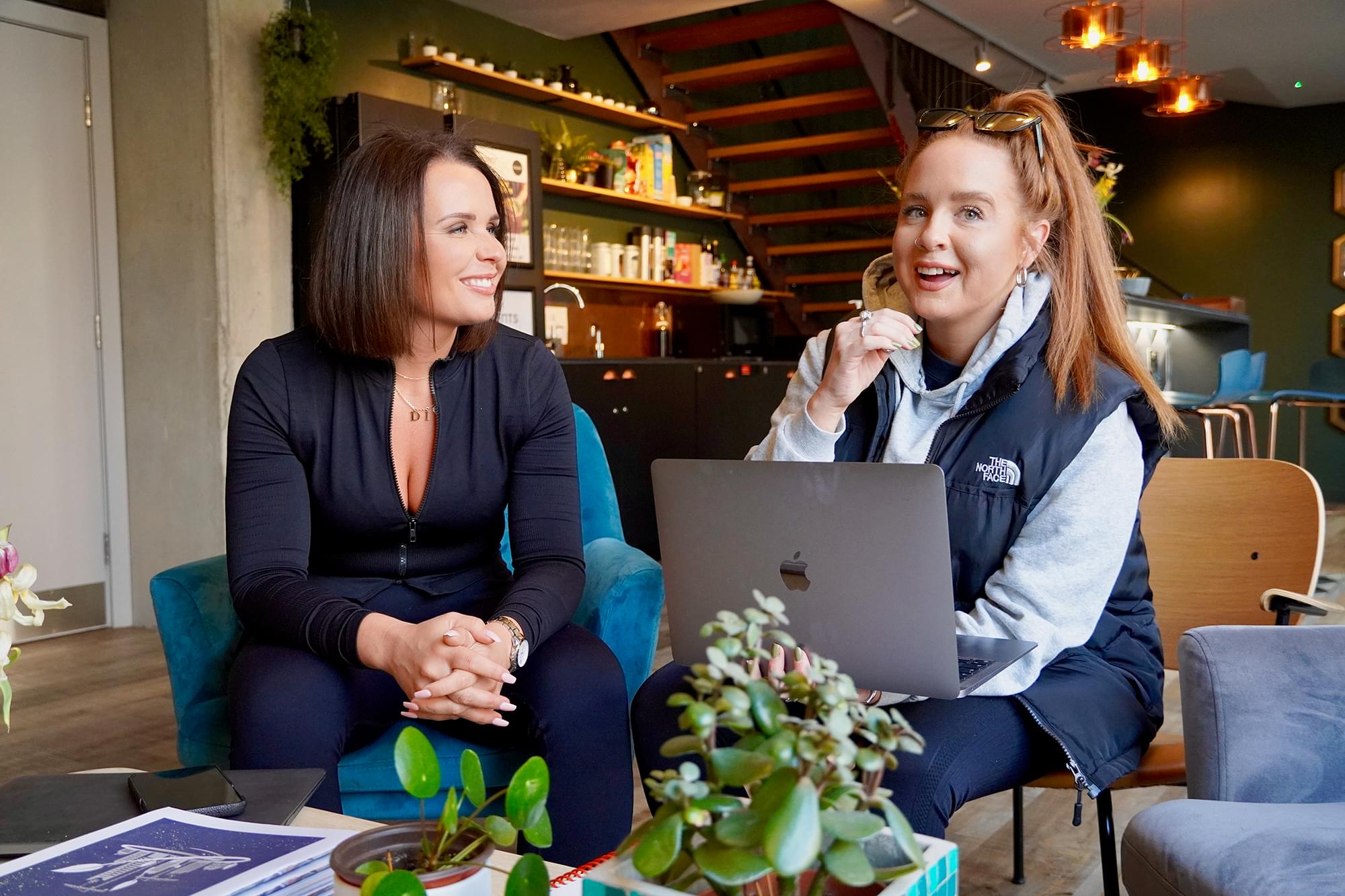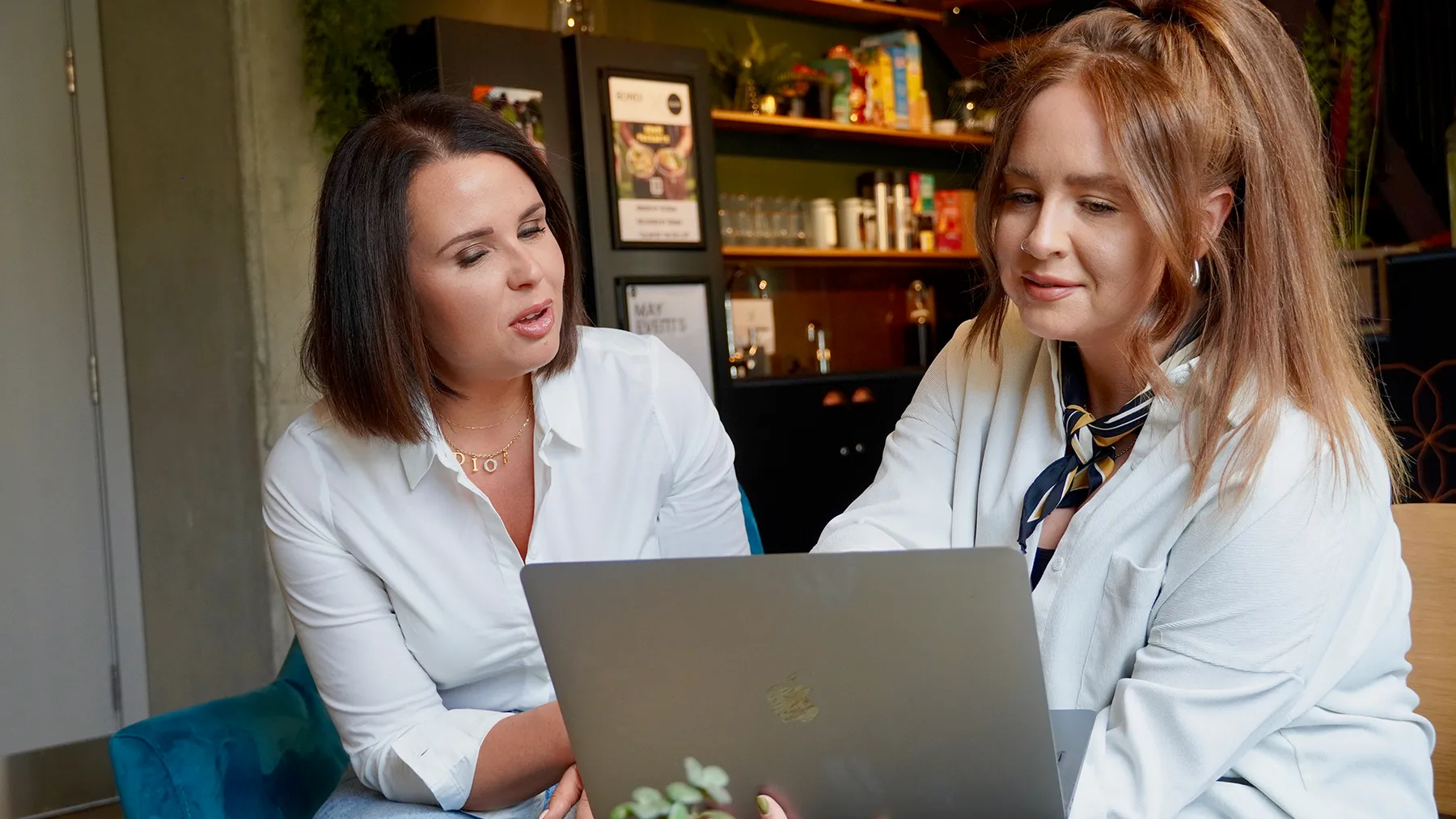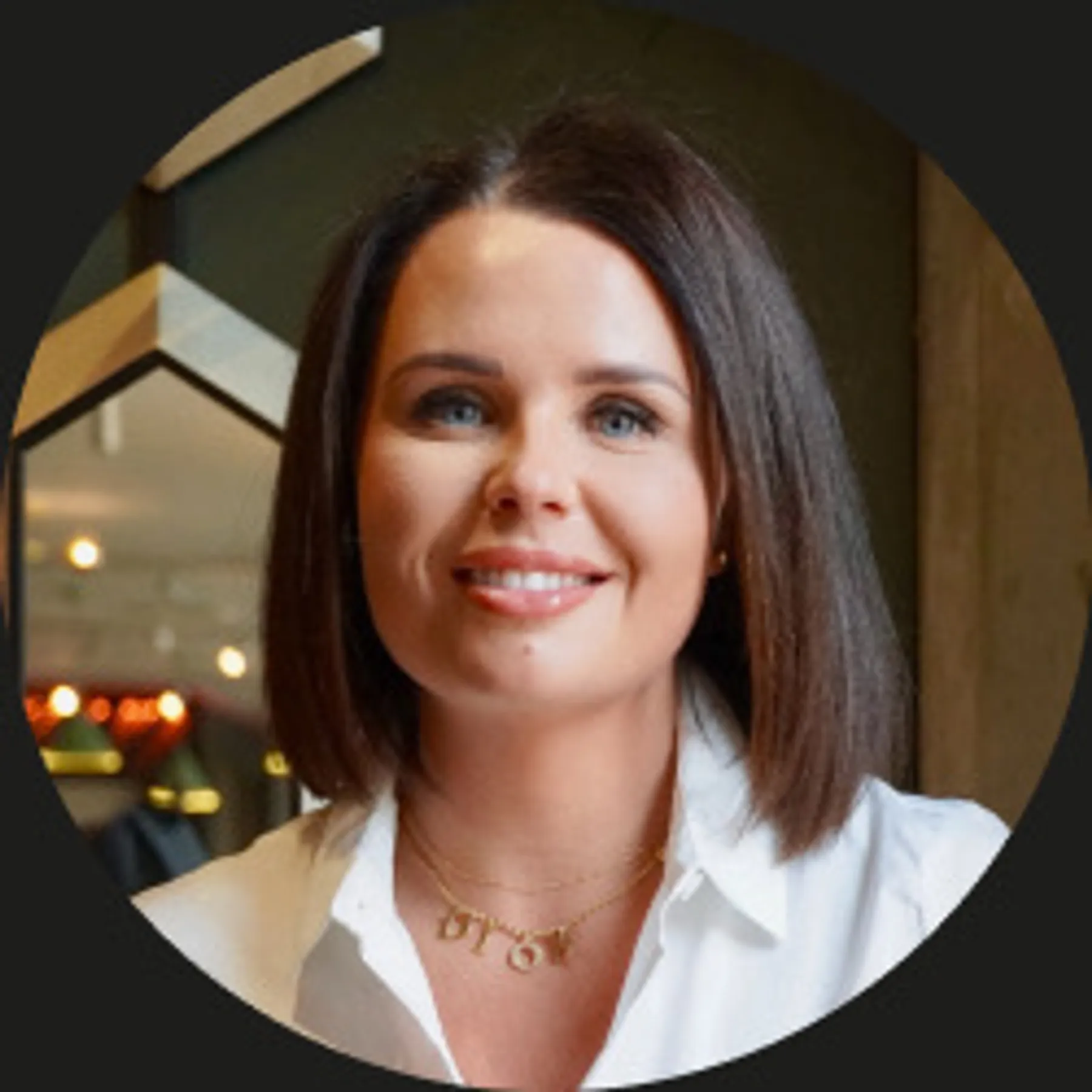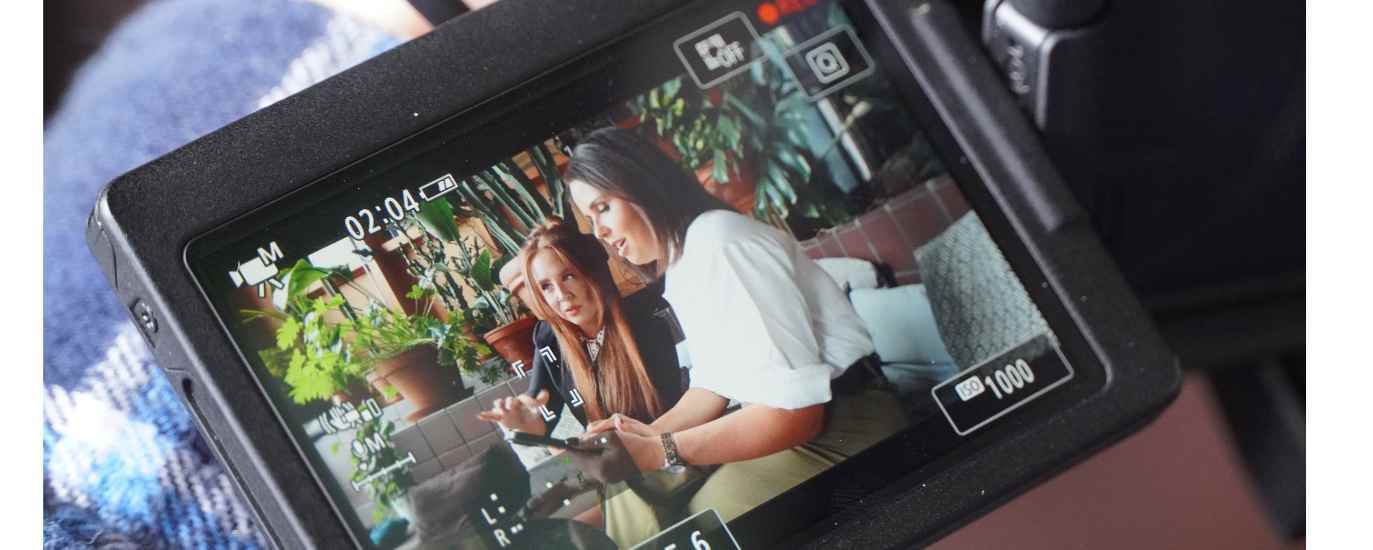Marketing Strategy
Branding
Activations
Social Media
Get to know us
Brand Strategy Explained: A Step-by-Step Guide to Building a Stand-Out Brand


Jordan Stachini
Contents
Every business wants to “stand out.” Problem is, too many think that just means shouting louder. Noise isn't a strategy. If you want to be a brand people remember, you’ve got to do the legwork first. And that legwork starts with brand strategy.
What is brand strategy then? Well it covers a lot. At co&co, we start with your brand DNA – the mission, vision, values, proposition and voice that define who you really are. Then we dig into competitors and industry research, lock in what makes you different, and shape your tone of voice. Only then do we touch the visuals – the logos, typography, and assets that bring it all to life.
You can’t touch anything visual before you do the groundwork. Why? Because who you are as a brand is going to seriously influence everything visual. It should shape every design choice and touchpoint. Your brand DNA needs to be locked in.
This isn’t theory. This is the step-by-step of how to build a brand strategy that matters.

Step 1: Brand DNA – The Core of Who You Are
Your brand DNA is the unshakeable core. Mission, vision, values, tone of voice, and proposition all wrapped up into one. It’s the first step in unpacking brand strategy and the bit that makes sure every move you make actually feels like you.
Your DNA should be raw, honest, and so clear that your team, your audience, and even your competitors know exactly who you are.
Mission – your why. Why you exist beyond money.
Vision – your where. The bigger future you’re building toward.
Values – your how. The principles guiding how you behave and deliver.
Tone of Voice – your personality. How you sound in every channel.
Proposition – your promise. Why people should pick you, not them.
Example in Action - Patagonia
Patagonia sells outdoor clothing and gear and it’s good stuff. People love it. But here’s what makes them different, their mission is: “we’re in business to save our home planet.” On the surface, that sounds almost impossible for a clothing brand in a world drowning in fast fashion. But Patagonia’s mission drives their products, their campaigns, their activism, even how they run the business itself.
Mission – It’s baked into the business model. They build products designed to last, repair, and be resold because making more waste for landfill doesn’t align with their why.
Vision – They’re pushing for a future where business doesn’t destroy the environment. From suing the Trump administration over national park protection to donating their entire company to fight climate change, their vision is bigger than sales.
Values – Activism, sustainability, and radical transparency guide them. They publish supply chain practices most brands hide and encourage customers to buy less.
Tone of Voice – Straightforward, activist, unapologetic. Their copy talks like an environmental campaigner first, an apparel brand second. It’s passionate without being fluffy.
Proposition – You buy into a promise that your purchase supports a brand genuinely fighting for the planet.
That’s DNA done right. It’s so strong that Patagonia can never be mistaken for just “another outdoor brand.” Every decision, campaign, and product echoes their core identity.
When your DNA is locked in, every decision — from product launches to social content — has a backbone.

Image source: patagonia.com
Step 2: Competitors & Industry Research – Know the Playground
Once you know yourself, you’ve got to know the arena you’re playing in. Competitor and industry research isn’t about copying – it’s about context. Who else is out there? What are they doing well? Where are they slipping up? What opportunities are wide open?
But here’s the warning: don’t obsess. Competitor research should inform your differentiation, not dilute it. That’s the point of research: find the gaps, spot the trends, and claim the opportunities nobody else is jumping on.
And here’s something you might not have thought of: you need to think bigger than your industry. The real inspiration comes when you zoom out. Look at what’s working in tech, fashion, hospitality, health, even sport. The smartest brands steal ideas from completely different arenas and make them their own. That’s how you stop being a carbon copy and start building something original.
Case Study: Apple
Take Apple. Fitbit may have pioneered the wearable health tracker back in 2009, but when the Apple Watch launched in 2015, it redefined the category. Apple saw the gap wasn’t in counting steps – it was in building health into an ecosystem people were already emotionally invested in. They made the watch less about being a watch and more about being part of a lifestyle.
If we look at them today, Apple’s pushing even harder into healthcare. They’ve published a 60-page report outlining their health features, medical research partnerships, and plans to move deeper into clinical research. Their ResearchKit and Health Records tools now link doctors, patients, and researchers directly through iPhones and Apple Watches. They’re collaborating with Harvard on women’s health, with the NIH on environmental health studies, and with the American Heart Association on heart and mobility research.
That’s a masterclass in spotting opportunities beyond your category. Apple’s no longer just “the iPhone company.” They’ve positioned themselves as a serious healthcare player, using brand trust and tech dominance to cross industries and open up an entirely new frontier.
That’s the power of competitor and industry research. When it’s done right, it shows you where to expand next.

Step 3: Lock In What Makes You Different – Positioning
This is where you plant your flag. Positioning is how you show up in the market and claim your space. It’s not about being better at the same thing, it’s about being different in a way that resonates with your audience.
Ask yourself:
What do we offer that no one else does?
What conversation can we own?
What’s our bold stance that competitors won’t take?
There are different ways to own your space:
🖤 Value-based positioning – you’re the cost-effective choice.
👉 Example: Aldi. No frills, no fancy packaging, just quality groceries for less. They’ve carved out their space by being relentlessly about value.
🖤 Quality-based positioning – you lean into premium craftsmanship, design, or performance.
👉 Example: Rolex. They sell precision, heritage, and status. You buy a Rolex for life. It’s an investment.
🖤 Benefit positioning – you make the benefits crystal clear, focusing on what only you deliver.
👉 Example: Spotify. Their “Discover Weekly” playlist isn’t just a feature, it’s a benefit no other platform has nailed yet – personalised music discovery that feels like you.
🖤 Problem/Solution positioning – you identify a pain point and position yourself as the fix.
👉 Example: Headspace. Stressed out? Can’t sleep? They’ve positioned themselves as the go-to solution for modern mental health struggles, packaged into a friendly, easy-to-use app.
🖤 Competitor-based positioning – you stand out by directly showing how you’re different from the other guys.
👉 Example: Apple’s “I’m a Mac, I’m a PC” ads. They didn’t just show off features; they personified the competition and made PCs look clunky, boring, and out of touch.

Positioning Done Right
Airbnb. On paper, it’s just another way to book a place to stay. But instead of competing head-to-head with hotels, they positioned themselves around belonging and experience. Stay in someone’s loft in Paris, not a bland chain hotel. Get local tips from your host instead of a tourist brochure. Airbnb made accommodation feel personal, cultural, and human … not just transactional.
When you lock this in, you stop being just another option. You become the option.

Image source: campaignlive.co.uk
Step 4: Tone of Voice – Sound Like No One Else
Once your DNA and positioning are in place, it’s time to shape how you speak. Tone of voice is where your brand’s personality comes alive. And it’s not about being clever for the sake of it. It’s about being recognisable and consistent. It’s about what you say, what you don’t say and how you say it.
Every touchpoint — your website, packaging, emails, social captions, job ads — should sound like it’s coming from the same brain.
Look at Disney. Their tone of voice is all about excitement and magic and it has both adults and children hooked. Whether it’s promoting Disney+ with lines like “Discover the greatest stories…” or welcoming families into their parks as “the happiest place on earth,” their voice is consistent. It makes people feel like kids again, no matter their age. That’s the power of tone – it sets the emotional stage. Disney’s voice sells the promise of joy, imagination, and endless possibilities for all.
Here’s why tone of voice is such a big deal:
Why It Matters | co&co Take |
Differentiation | Everyone wants to stand out right? So you need to find what makes you different. It’s not just what you say, it’s also what you don’t say and how you say it. Shows people exactly who you are and why they should give a sh*t. |
Brand Identity | Your tone is the glue that holds your identity together. It has to reflect your values, your attitude, and your place in the market. When it matches who you really are, it makes you unforgettable. When it doesn’t, you look fake, confused, and forgettable. |
Emotional Connection | People don’t fall in love with features, they fall in love with personality. A strong voice makes them feel something and that’s how loyalty is born. |
Consistency | Sounding the same everywhere makes you trustworthy. If you’re one vibe on LinkedIn and a totally different one on Insta, people stop believing you. |
Recognition | When your voice is distinct, people know it’s you before they even clock the logo. That’s free brand equity. |
Authenticity | A genuine voice that matches your values makes you credible. Fake it and people tell it’s bullsh*t instantly. |
At co&co, ours is no fluff, no bull, just mega marketing. And yeah, we swear a bit (as you’ve probably already noticed 👀). We’re not for everyone and that’s kind of the point. Strong brands don’t need to be universally loved. The right people will get it, love it, and stick around. The wrong people? They’ll walk away, and that’s a win too, because your brand was never built for them.

Step 5: Visual Elements – Bring It to Life
Finally, the bit most people want to jump to first: the visuals. Logos, colours, typography, photography, patterns — the shiny sh*t. And yeah, it matters. But only once the groundwork’s done. Your DNA, positioning, and tone shape everything. Skip that, and your visuals might look slick but they’ll feel hollow.
Your visual identity is a language. Every part needs to work together to say the same thing. Let’s break it down:
Brand Mark (Logo)
Your logo is your unique signifier. Nike’s swoosh. Chanel’s interlocking C’s. Monzo’s hot coral card. One glance and people know it’s you. A good brand mark is a shortcut to your story and your emotional pull. Simple doesn’t mean easy; logos are strategic, refined over and over until they stick.

Colour Palette
Colours talk before you do. McDonald’s red and yellow screams fast, fun, and familiar. Dark navy whispers finance and trust. Fluoro green? Fitness or sustainability.
That’s colour psychology for you – red is typically associated with energy and appetite, blue is trust and authority, green is balance and growth. People feel colour before they think about it. Your palette sets the mood, defines your vibe, and makes you recognisable in a split second.
Pick wisely then use it relentlessly. Random colours = random brand.

Typography
Fonts should feel like your brand’s voice in text. Serif feels classic and formal. Sans serif feels modern and clean. Condensed bold feels disruptive. Your typography should echo your values and positioning, then stay consistent everywhere – website, decks, packaging, socials.

Imagery
Pictures carry weight. If you’re still rocking stock photos of awkward handshakes, stop. Imagery should breathe your brand values. Minimal brand? Go clean and spare. Community brand? Show real people living it. Consistency here is what makes your visuals feel human. After all, people buy from people right?

Graphic Elements
Icons, grids, infographics, patterns – this is the connective tissue. These elements tie everything together so your brand feels unified, wherever it shows up. They act as brand signals and when they’re designed as part of a system, they make you instantly recognisable.

Image source: printmag.com
Why It Matters
Your visuals are the source of being recognised. They’re what people clock from across the street, on a shelf, or in a 2am scroll. But they only work if they’re consistent and tied to strategy. Random visuals = forgettable. Strategic visuals = unforgettable.
At co&co, we don’t just hand over a logo and call it a day. We create the full suite: brand marks, palettes, type, imagery, graphics – plus application examples and usable guidelines. No guesswork. No “should we stretch the logo here?” disasters. Just a visual system that really works in the real world.
How You Get From A to B: The Source of Growth
Brand strategy is how you stop being just a brand and start being the brand. It’s the difference between random tactics and a system that compounds.
DNA gives you clarity.
Research gives you context.
Positioning gives you uniqueness.
Tone gives you personality.
Visuals make you recognisable.
Together, they form the roadmap from A to B - our ultimate guide to brand strategy maps the whole journey. Without it, you’re scrambling for short-term wins. With it, you’re building long-term growth and loyalty that sticks.
So, stop chasing quick fixes. Build your strategy. Know what you are, own your sh*t, and lean into it. That’s how you create a stand-out brand. It’s also only possible when you get us involved 😉

Speak to Jordan today
Grab a brew. Have a read
You might also like...






